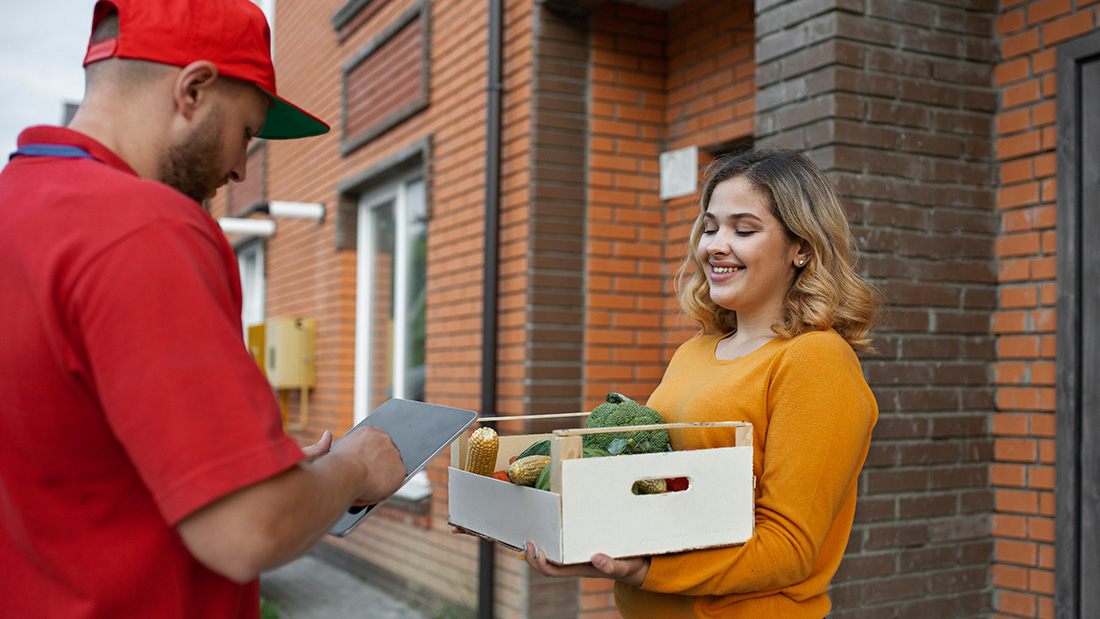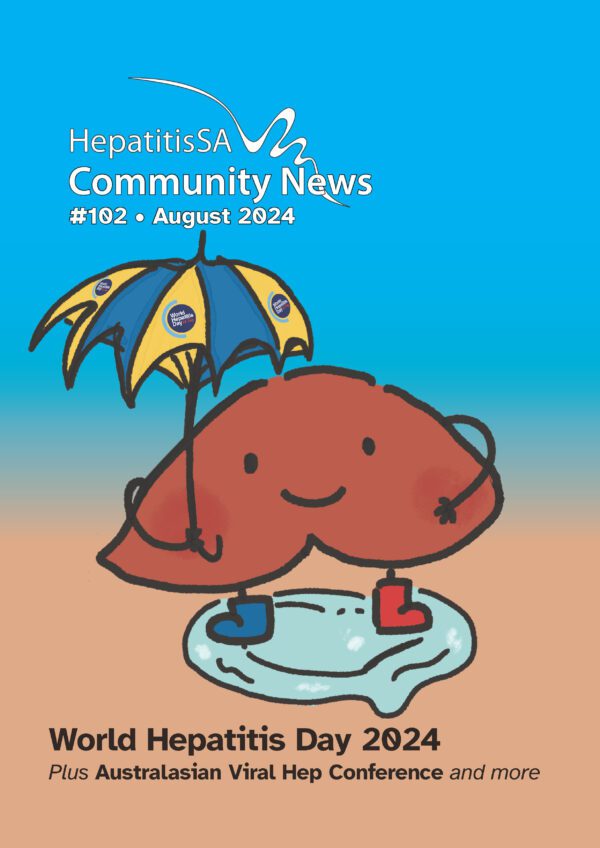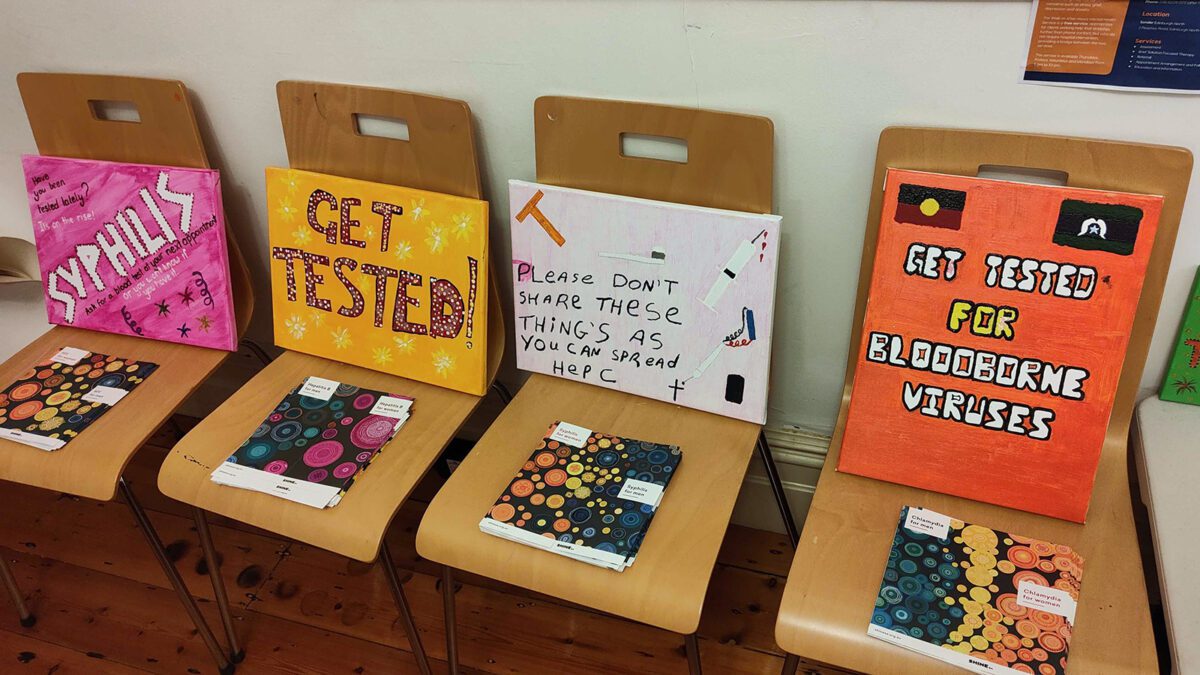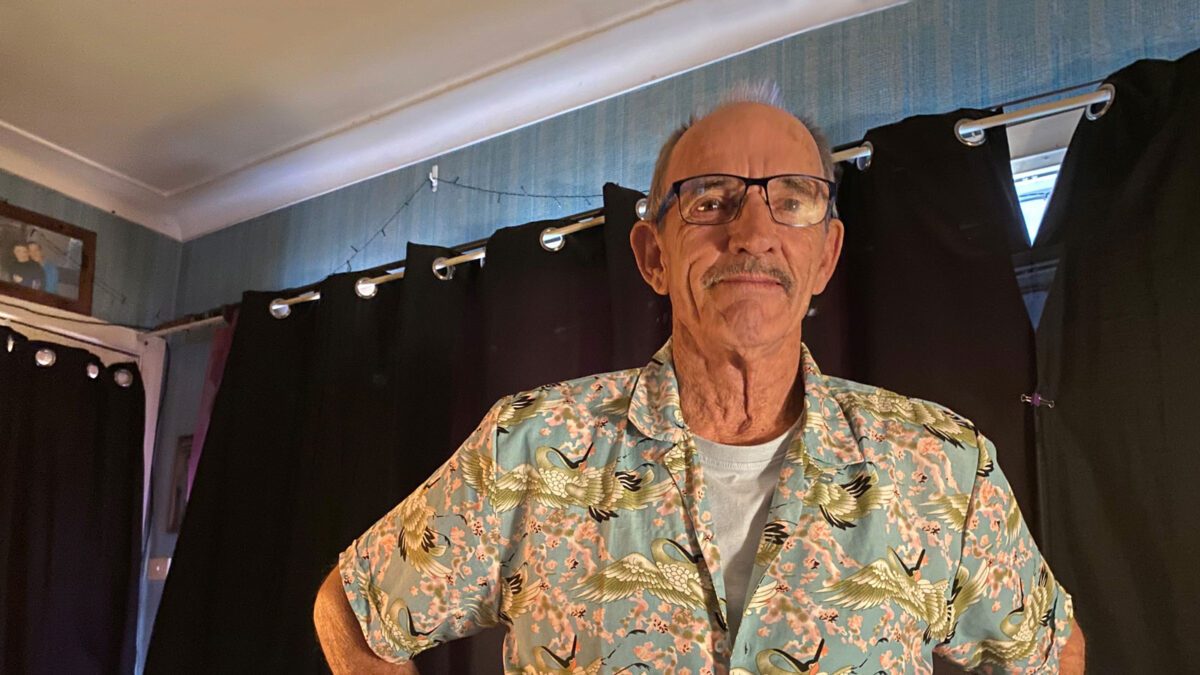Fred Robertson, Hepatitis SA Peer Mentor
I was cured of hepatitis C back in the year 2000 on my second attempt, using a combination of Interferon and Ribavirin. This was long before the much better and more well-tolerated direct-acting antivirals were available.
When I still had hep C, liver biopsies showed level-2 fibrosis but soon after my cure (perhaps a year or two), a pair of FibroScans showed that the fibrosis had reversed back to zero, which was fantastic news! But I must admit that although I thought that I was looking after my health, my diet was not fantastically healthy.
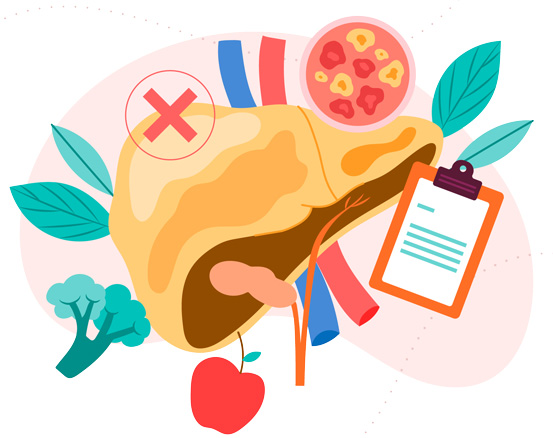
A routine annual blood test taken over a year ago showed elevated cholesterol levels that prompted my GP to start me on a statin drug to lower the cholesterol. After about six months on the statin I found myself experiencing muscle aches and a general body weakness and fatigue.
I told my GP that I didn’t want to take them anymore, and that I would try to lower my cholesterol through diet. My blood tests had also shown that my glucose levels were starting to climb. I realised that I needed to be a bit stricter with my diet.
The GP referred me to a dietician. After I explained that I wasn’t all that fond of cooking nutritious meals with fresh food as I would always end up throwing a lot of food away, the dietician explained that there are healthy options for people that don’t like to cook: home-delivered meal plans.
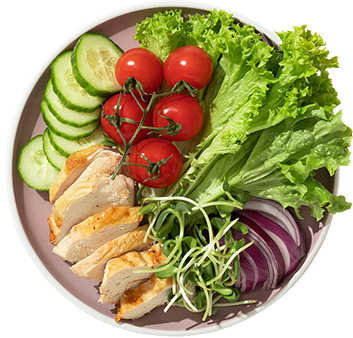
I decided to give it a try. In my case I used Lite ‘N Easy, and after more than a year I am still enjoying their meals and my blood tests have all returned to normal levels. I think that they are fairly priced. I only order for five days of the week, but that is completely optional, and I get free delivery on a Friday.
The breakfast and lunch meals are packaged in a plastic bag for the day and usually include a piece of fruit (an orange, an apple or a mandarin or a punnet of grapes, or perhaps an energy bar or sometimes a sweet cake or pikelets).
Fruit is something that I wouldn’t often buy in the past so this is a great option for me. Breakfast and lunches come in a choice of three for each day and are probably a healthier option than the frozen dinners as the sodium level in the frozen meals range from around 220mg to 280mg per 100g, which is lower than supermarket options but might be a bit high for some. The frozen dinners have a lot more options with 66 to choose from, and I have enjoyed most of them.
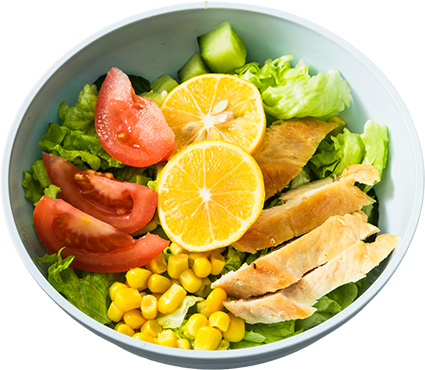
There’s no doubt that my diet is a lot healthier than it was in the past and my blood tests are proving this. I wouldn’t hesitate in recommending meal plans to anyone in a similar situation to mine.
I always leave the empty foam esky (including the plastic bags) out for the delivery driver on Fridays to take away when they drop off the next set of meals, so apart from remembering to order the meals each week, the whole process is very easy.
There are other suppliers that provide a similar experience, so if you are interested, it would pay to research and see which option suits you best. I just happened to find one that suited me on the first try.
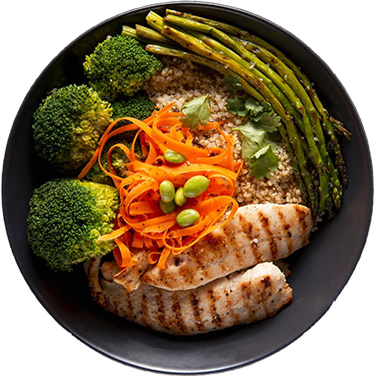
Directly comparing different meal plans is difficult because no two offer exactly the same number of meals, range of ingredients, and number of meals per day, in a way that lets you easily see which is the best value for money. However, at the time of writing, the following is a rough guide to the cost, with delivery, of one week’s dinners for two people, for each supplier. Note that most also offer introductory deals which can dramatically reduce the cost of the first or first few orders.
- EveryPlate: $70.99
- The Family Cook: $102.30
- Hello Fresh: $114.99
- Lite n Easy: $74.95
- Youfoodz: $141.89
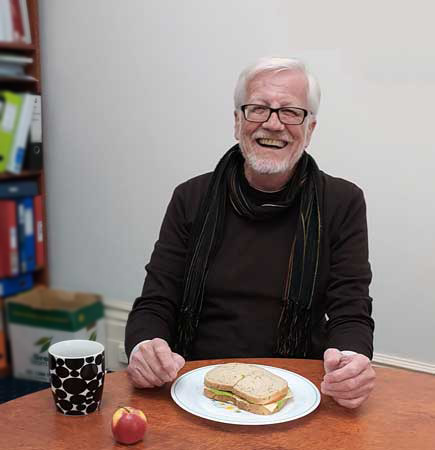
CHOICE has also reviewed and rated these and other meal plans recently, and you can see their conclusions here.
For other ideas, check out this Eating Low Sodium series, or have a look at these Hepatitis SA publications on healthy eating for your liver:
Last updated 14 August 2024
More from:
Enjoyed this article? Subscribe to be notified whenever we publish new stories.
Subscribe for Updates
